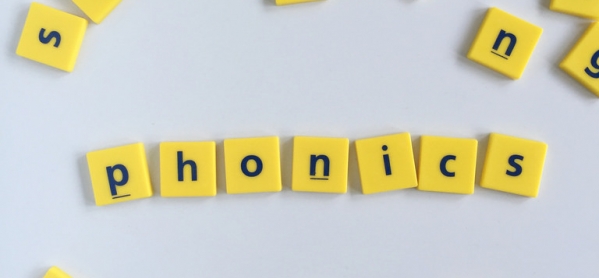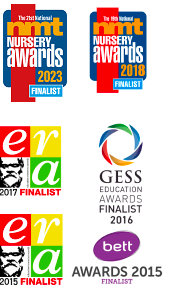Phonics are the relationship between the sounds of the spoken English language, and the letters or groups of letters or syllables of the written language and is a method for teaching people how to read and write an alphabetic language.
Teaching children to blend the sounds of letters together helps them decode unfamiliar or unknown words by sounding them out.
There are a number of approaches to teaching phonics and may resources widely available.
Synthetic phonics
The most widely used approach where children are taught to break down a word , pronounce a phoneme for each letter in turn, and blend the phonemes together to form a word.
Analytical phonics
This method is associated with the teaching of reading in which the phonemes associated with particular graphemes are not pronounced in isolation.
Analogy phonics
Children analyse phonic elements according to the phonograms in the word. Children use these phonograms to learn about “word families” for example cake, make, bake, fake.
Embedded phonics
Teaches children to read during authentic reading experiences, such as reading books.
On eylog you can add Phonic statements to your observations under these sections


